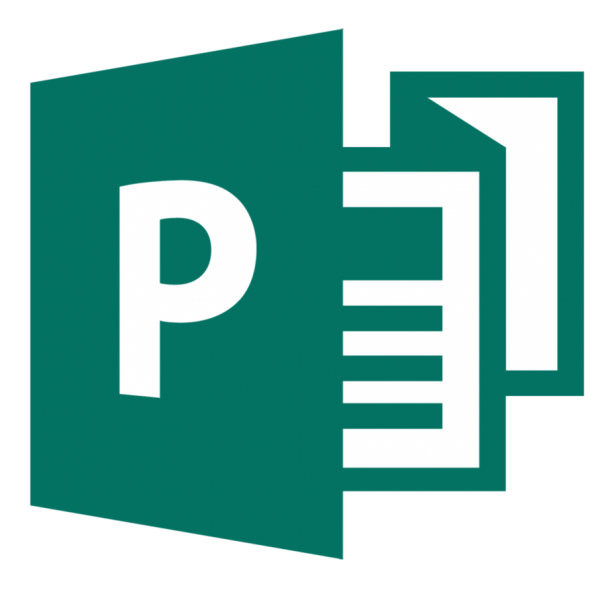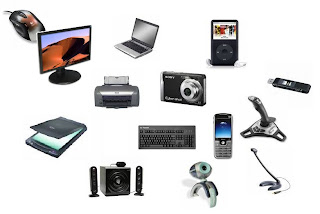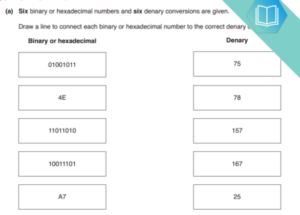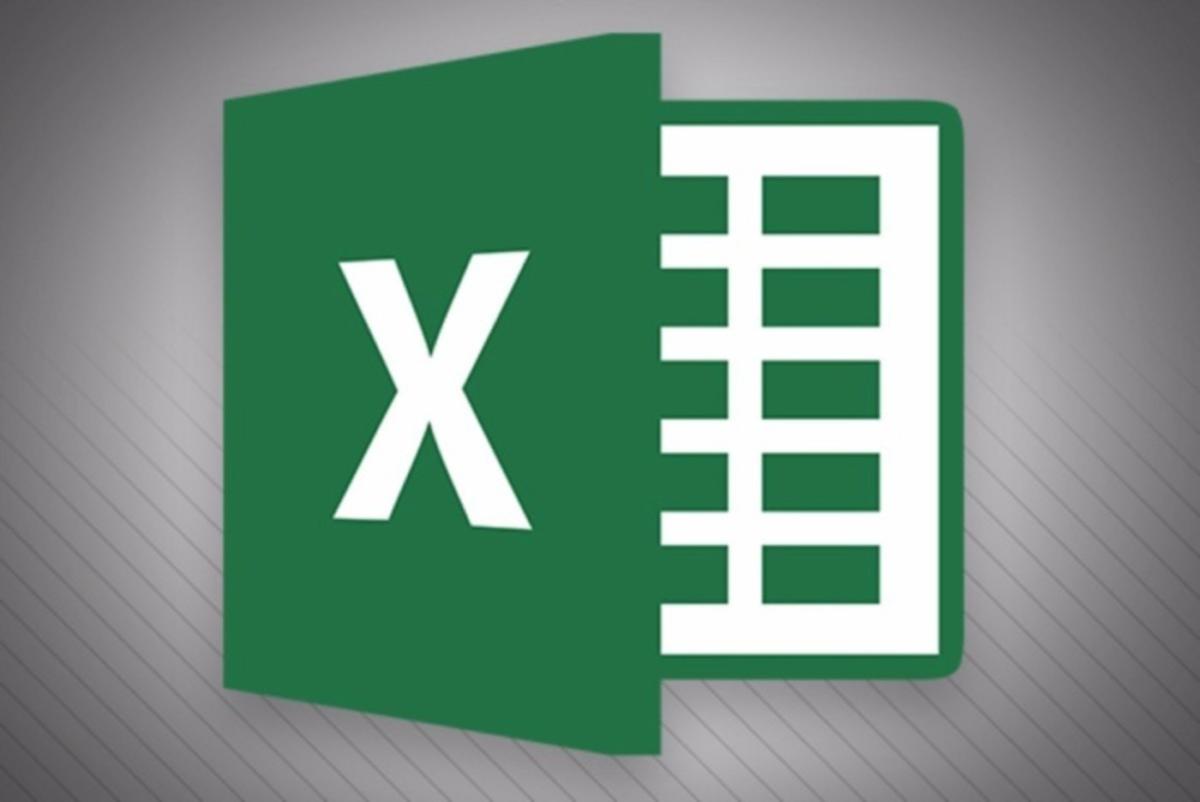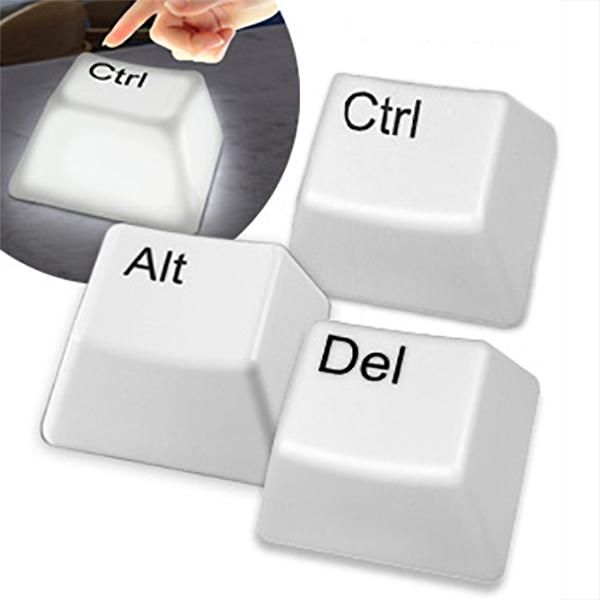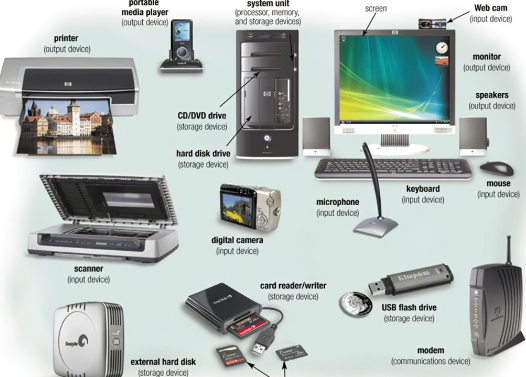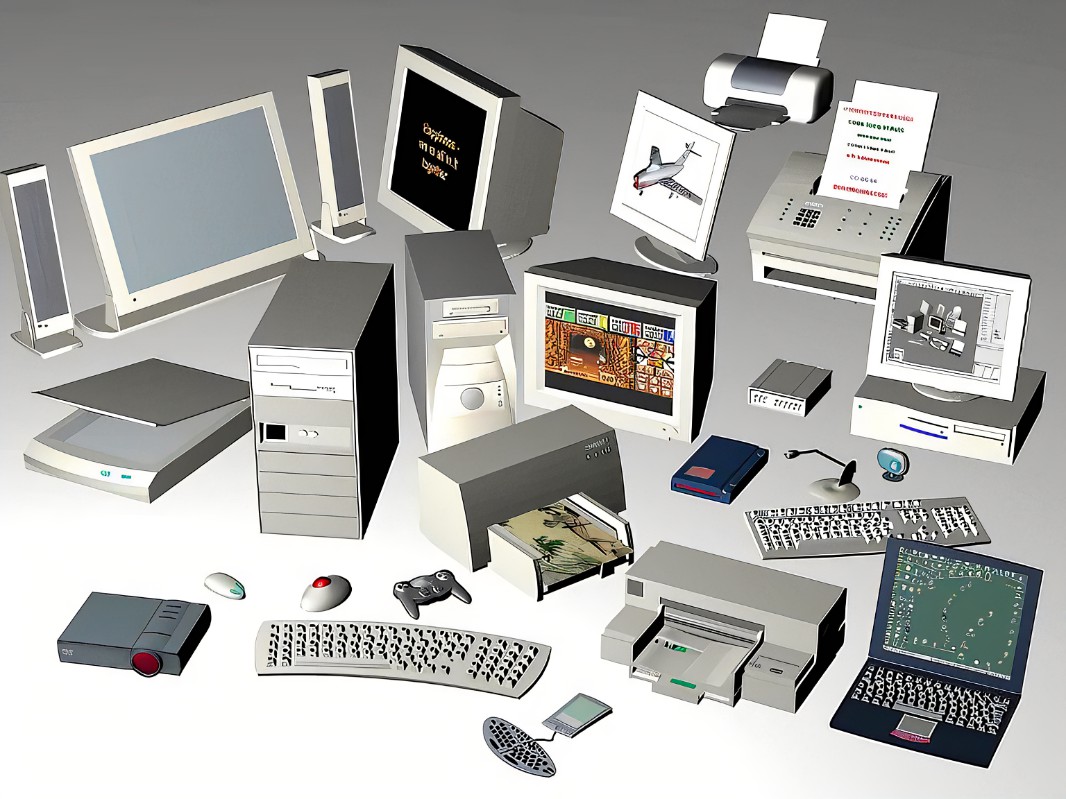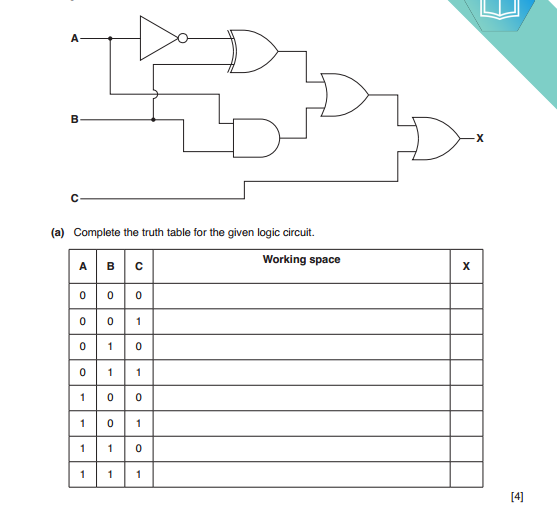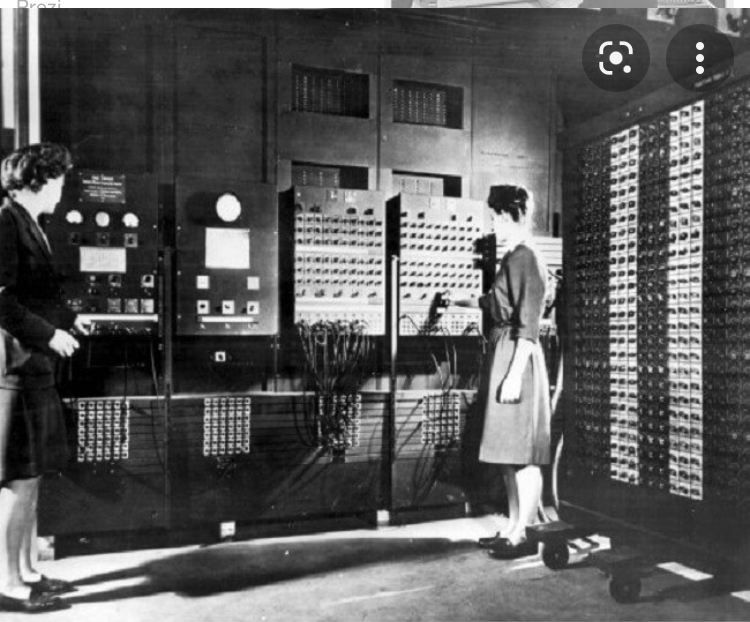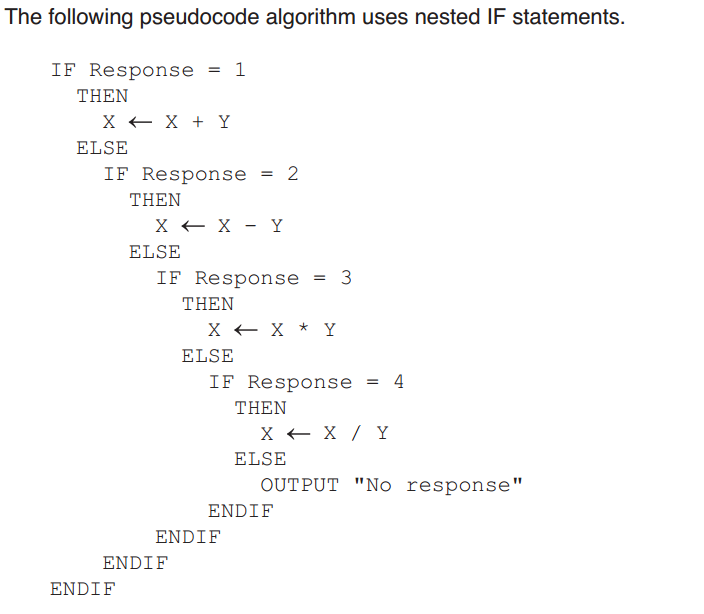Below is a list of common computer keyboard shortcuts that can help improve your productivity: Ctrl + C: Copy selected text or files. Ctrl + X: Cut selected text or files. Ctrl + V: Paste copied or cut text or files. Ctrl + Z: Undo the previous action. Ctrl + Y: Redo the previous action. Ctrl + A: Select all items or text. Ctrl + S: Save the current document or file. Ctrl + P: Print the current document or file. Ctrl + F: Find text or content within a document or webpage. Ctrl + B: Bold selected text. Ctrl + I: Italicize selected text. Ctrl + U: Underline selected text. Ctrl + N: Open a new window or document. Ctrl + W: Close the current window or tab. Ctrl + Tab: Switch between open tabs or documents. Ctrl + Shift + N: Create a new folder (in file explorers). Ctrl + Shift + T: Reopen the last closed tab in a web browser. Ctrl + Shift + Esc: Open the Task Manager (Windows). Ctrl + Alt + Delete: Access system options such as locking the computer or opening the Task Manager (Windows). Ctrl + Alt + Tab: Switch between open applications or windows. Ctrl + Shift + S: Save a document with a different name or location. Ctrl + Backspace: Delete the previous word. Ctrl + Home: Move the cursor to the beginning of a document or webpage. Ctrl + End: Move the cursor to the end of a document or webpage. Ctrl + Arrow Keys: Move the cursor word by word or scroll through a document. Ctrl + Shift + Arrow Keys: Select text word by word or extend the selection. Ctrl + Page Up/Down: Switch between tabs or documents in full-screen mode. Ctrl + Shift + V: Paste text without formatting. Ctrl + Alt + S: Save a document as a different file type or format. Alt + Tab: Switch between open applications or windows (Windows). Remember, keyboard shortcuts may vary depending on the operating system and software you are using. It's always a good idea to explore the specific shortcuts available for the applications you use frequently.

Computer Keyboard Shortcuts for you.
Shares:







